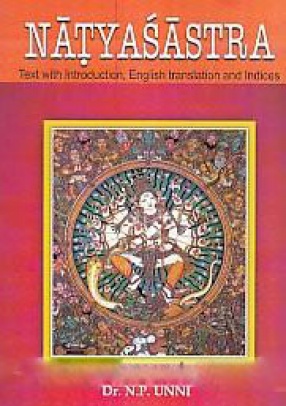
Showing all 13 books

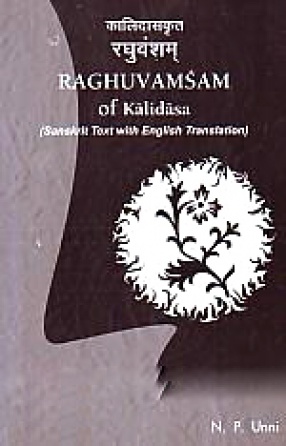
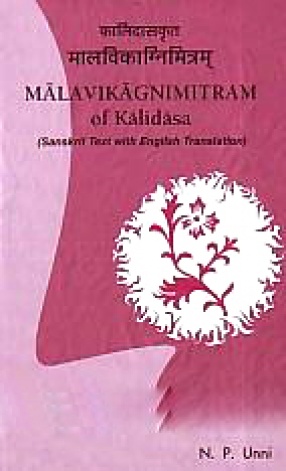
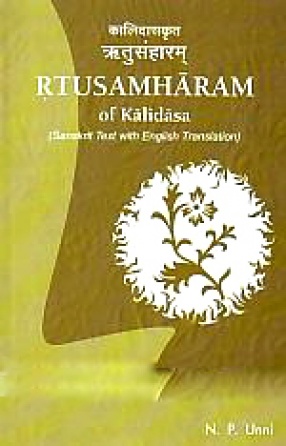
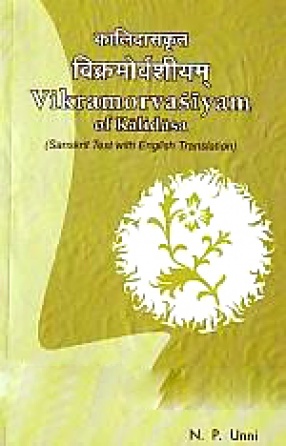
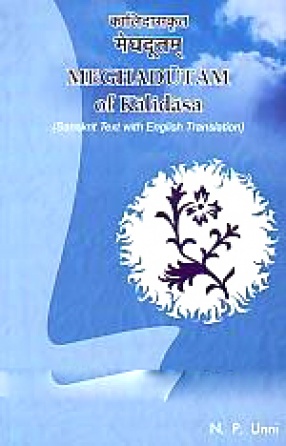
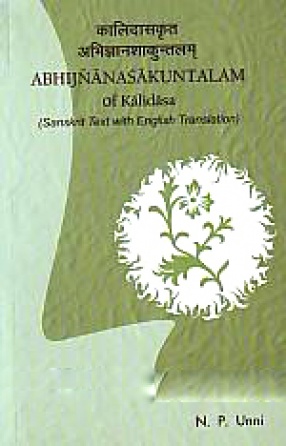
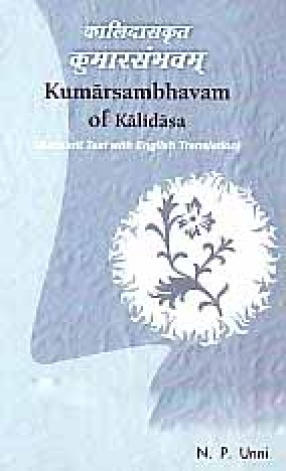
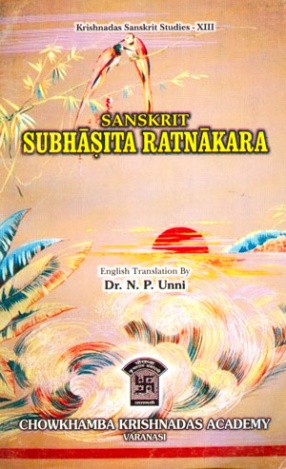
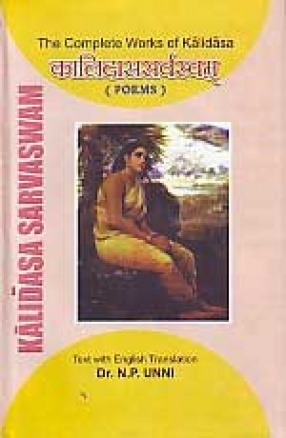
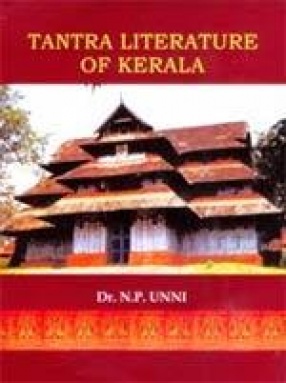
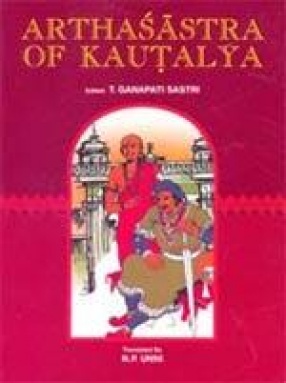
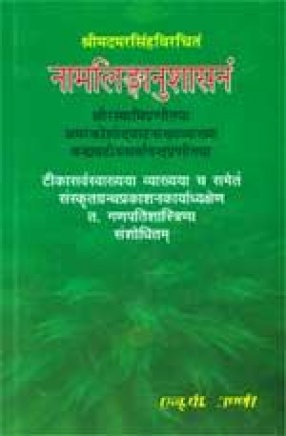

The Natyasastra of Bharata contains an elaborate analysis of the sources of aesthetic pleasure that one derives from seeing a performance; it treats of the architecture of the theatre, gives an exhaustive treatment of metres to be employed, the postures, movements and gestures of actors and of the mode in which they are to deliver their speeches, of the different kinds of dramas, the analysis of the structures of the dramas and their styles. It also furnishes ...








The present collection of didactic verses in Sanskrit entitled ‘Sanskrit Subhasita Ratnakara’ – a mine of jewels in Sanskrit – is originally collected by Pandit Dvarakaprasada Misra Sastri and published by Chowkhamba Sanskrit Series Office in their Krishnadas Pracyavidya Granthamala No. 18. It contained a short Hindi explanation of each verse.The present writer has prepared an English translation of the verses after each Sanskrit stanza as ...

This first volume of the Complete Works of Kalidasa with a new English translation consists of the four poems of the national poet, the authorship of which is generally accepted. The poems are the two Mahakavyas the Kumarasambhava and the Raghuvamsa; the Meghaduta the first message poem in its genre and the Rtusamhara-the description of a cycle of seasons.This second volume of the Complete Woks of Kalidasa with English translation consist of the three dramas of ...

Tantras, Agamas and Samhitas consitute a major branch of religious literature in Sanskrit. according to one account there are more than two hundred works of different size and variety pertaining to this interesting field of study. The general features of this class of literature can be specified under four heads, viz., Jnana or knowledge and its nature; Yoga or the concentration of mind and the various means of attaining the same; Kriya or construction of temples ...

Shama Sastri discovered for the first time the most important political treatise of Kautalya called the Arthasastra and published it from Mysore in 1909 and later an English translation in 1915. Later R.P. Kangle brought out a fairly accurate translation based n fresh materials. T. Ganapati Sastri edited the text in the Trivandrum Sanskrit series, between 1924-25 with his own complete sanskrit commentary styled ‘Srimulam’ (in three volumes) using all the ...

The Namalinganusasana of Amarasimha occupies the same dominant position as Panini's in grammar. Despite the fact that there are nearly a hundred lexicons in Sanskrit, the Amarakosa, as we popularly know remains supreme. It has been commented upon by a vast number of commentators an Sanskrit as well as in the vernacular languages. Among the glosses on Amara, the one by Vandyaghatiya Sarvananda, appropriately called Tikaservasva stands foremost. Originally ...
